Olafur Eliasson
Sometimes the river is the bridge
14 Mar - 27 Sep 2020

Olafur Eliasson, The exploration of the centre of the sun, 2017. Exhibition view at MOT, Tokyo, 2020. Courtesy of the artist and PKM Gallery, Seoul. Photo: Kazuo Fukunaga
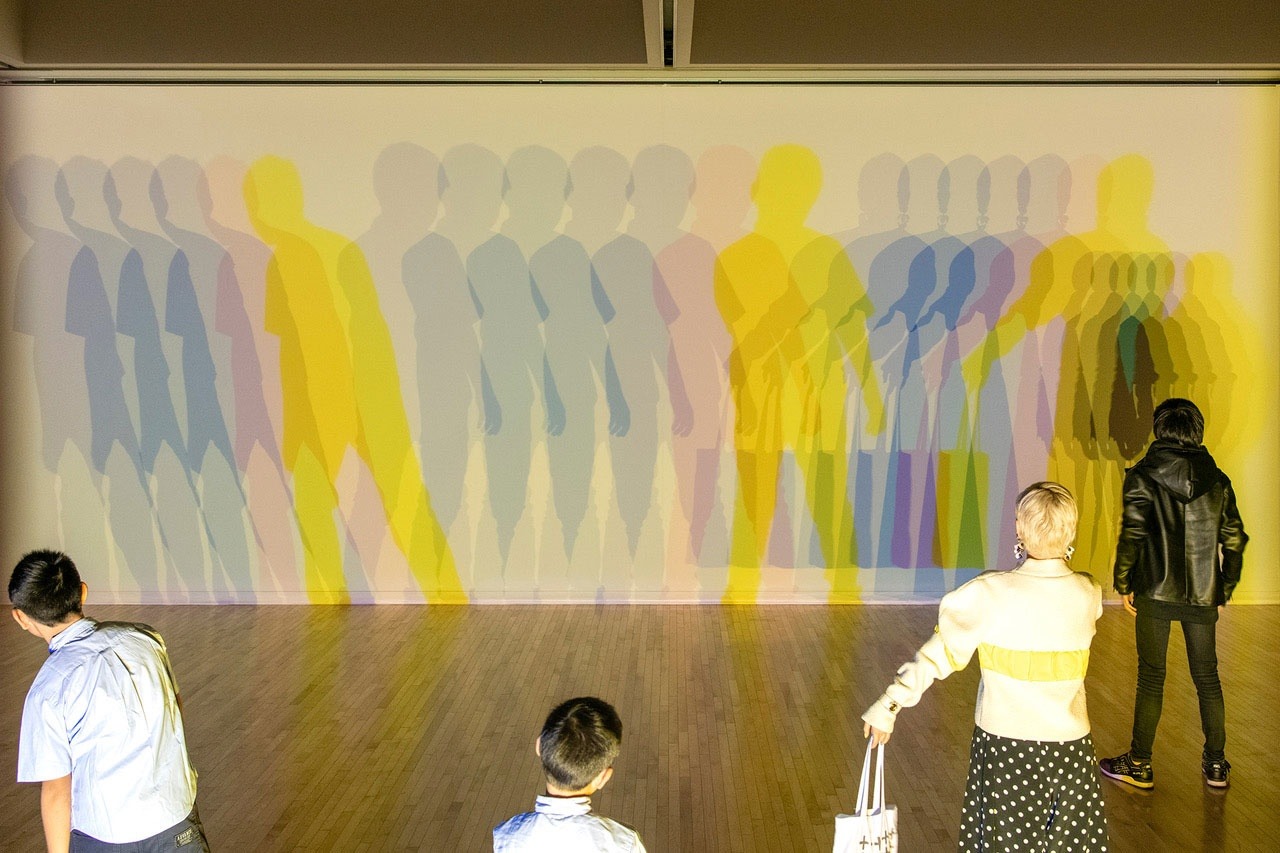
Olafur Eliasson, Your happening, has happened, will happen, 2020. Exhibition view at MOT, Tokyo, 2020. Courtesy of the artist; neugerriemschneider, Berlin; Tanya Bonakdar Gallery, New York / Los Angeles. Photo: Kazuo Fukunaga
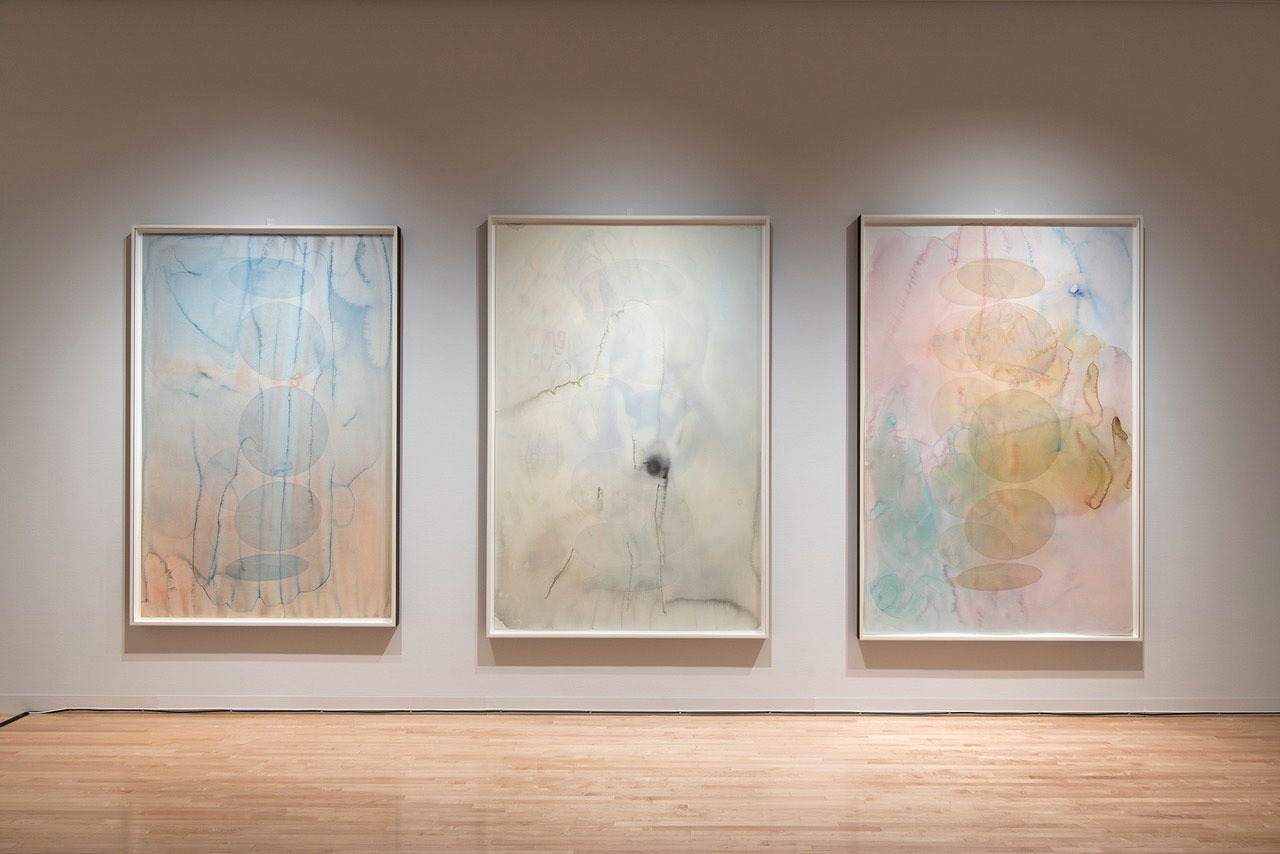
Olafur Eliasson, Your passing glacial morphology (past), 2019, Methane matter, 2019, Your passing glacial morphology (future), 2019. Exhibition view at MOT, Tokyo, 2020. Courtesy of the artist; neugerriemschneider, Berlin; Tanya Bonakdar Gallery, New York / Los Angeles. Photo: Kazuo Fukunaga
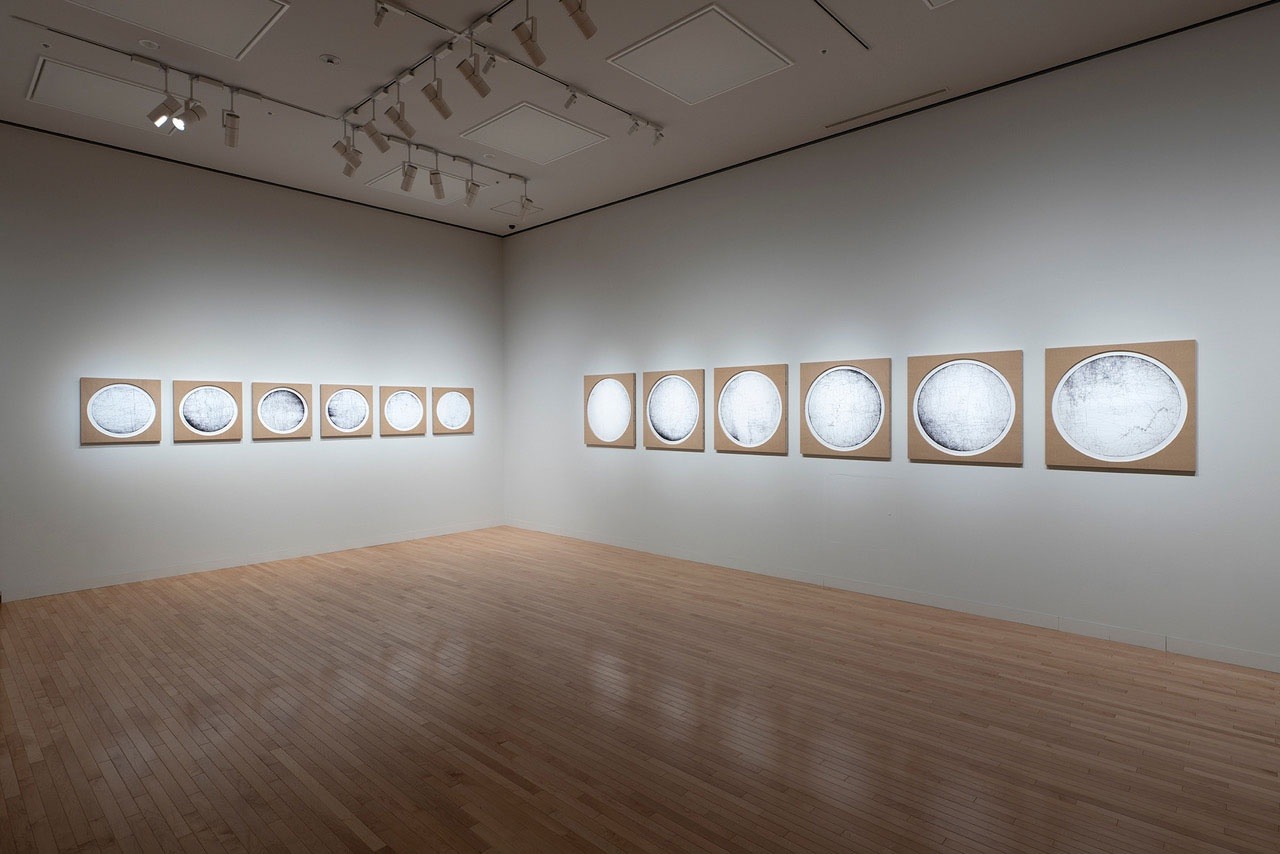
Olafur Eliasson, Memories from the critical zone (Germany–Poland–Russia–China–Japan, nos. 1–12), 2020. Exhibition view at MOT, Tokyo, 2020. Courtesy of the artist; neugerriemschneider, Berlin; Tanya Bonakdar Gallery, New York / Los Angeles. Photo: Kazuo Fukunaga

Olafur Eliasson, Your orange afterimage exposed, 2000 and Ice lab, 2020. Exhibition view at MOT, Tokyo, 2020. Courtesy of the artist; neugerriemschneider, Berlin; Tanya Bonakdar Gallery, New York / Los Angeles. Photo: Kazuo Fukunaga
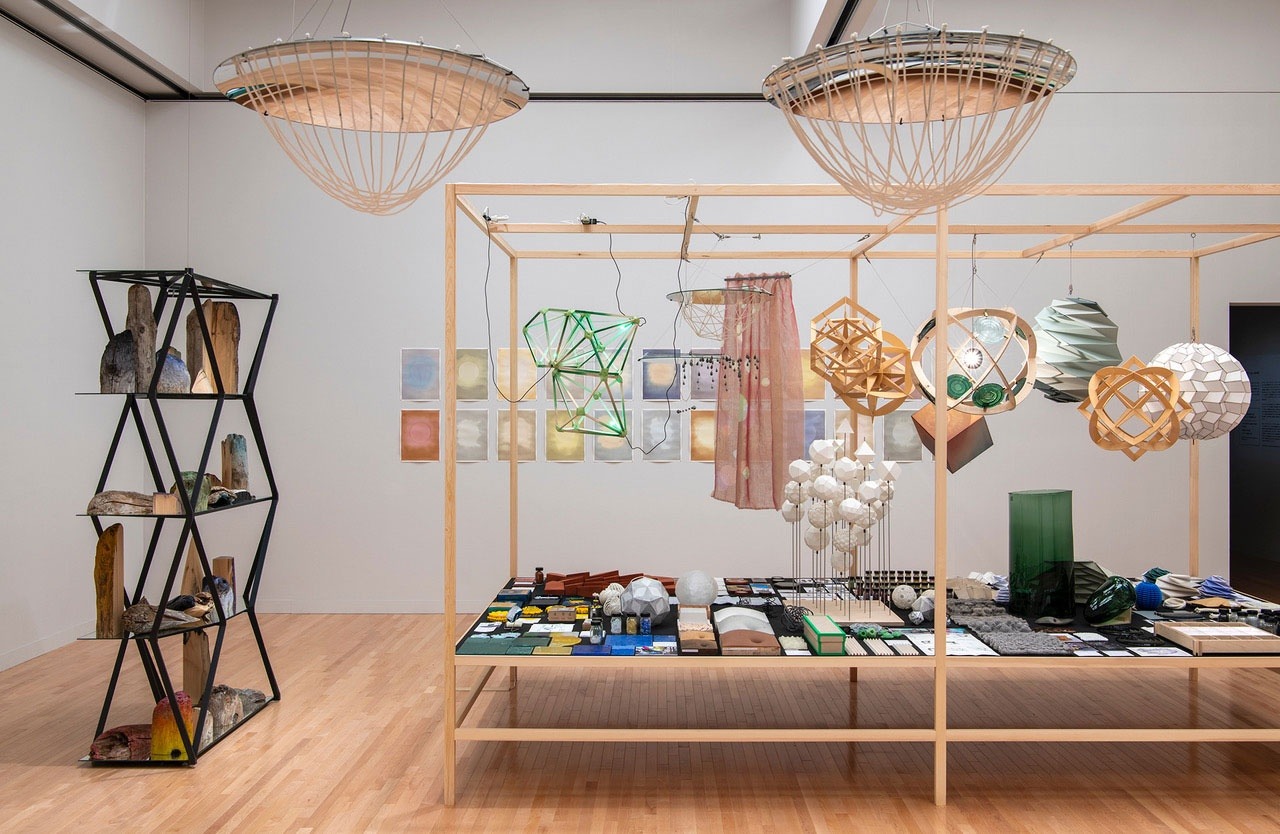
Olafur Eliasson, Sustainability research lab, 2020. Exhibition view at MOT, 2020. Courtesy of the artist; neugerriemschneider, Berlin; Tanya Bonakdar Gallery, New York / Los Angeles. Photo: Kazuo Fukunaga

Olafur Eliasson, Spheres of power and care (mind map), 2016, and Sustainability research lab, 2020. Exhibition view at MOT, Tokyo, 2020. Courtesy of the artist; neugerriemschneider, Berlin; Tanya Bonakdar Gallery, New York / Los Angeles. Photo: Kazuo Fukunaga
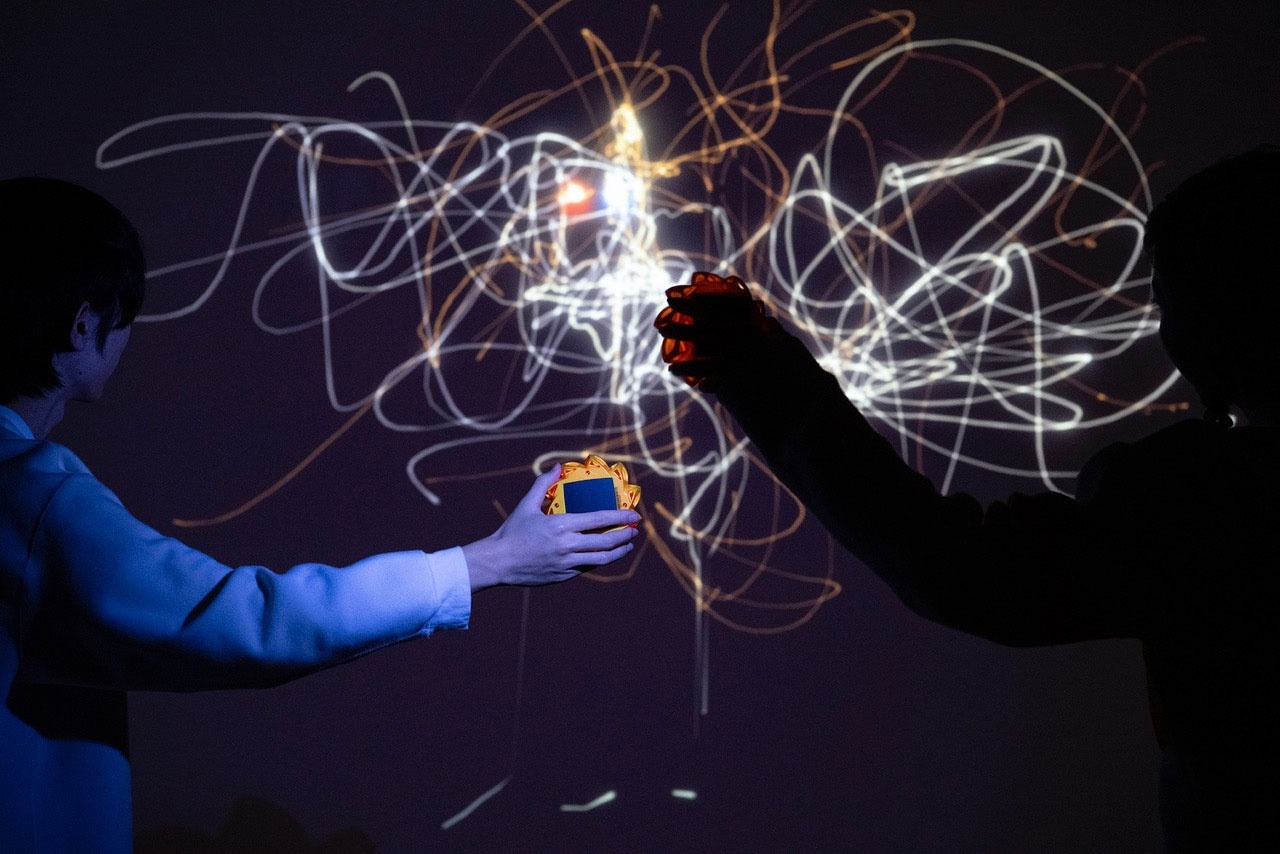
Olafur Eliasson, Sunlight graffiti, 2012. Exhibition view at MOT, Tokyo, 2020. Courtesy of the artist; neugerriemschneider, Berlin; Tanya Bonakdar Gallery, New York / Los Angeles. Photo: Kazuo Fukunaga
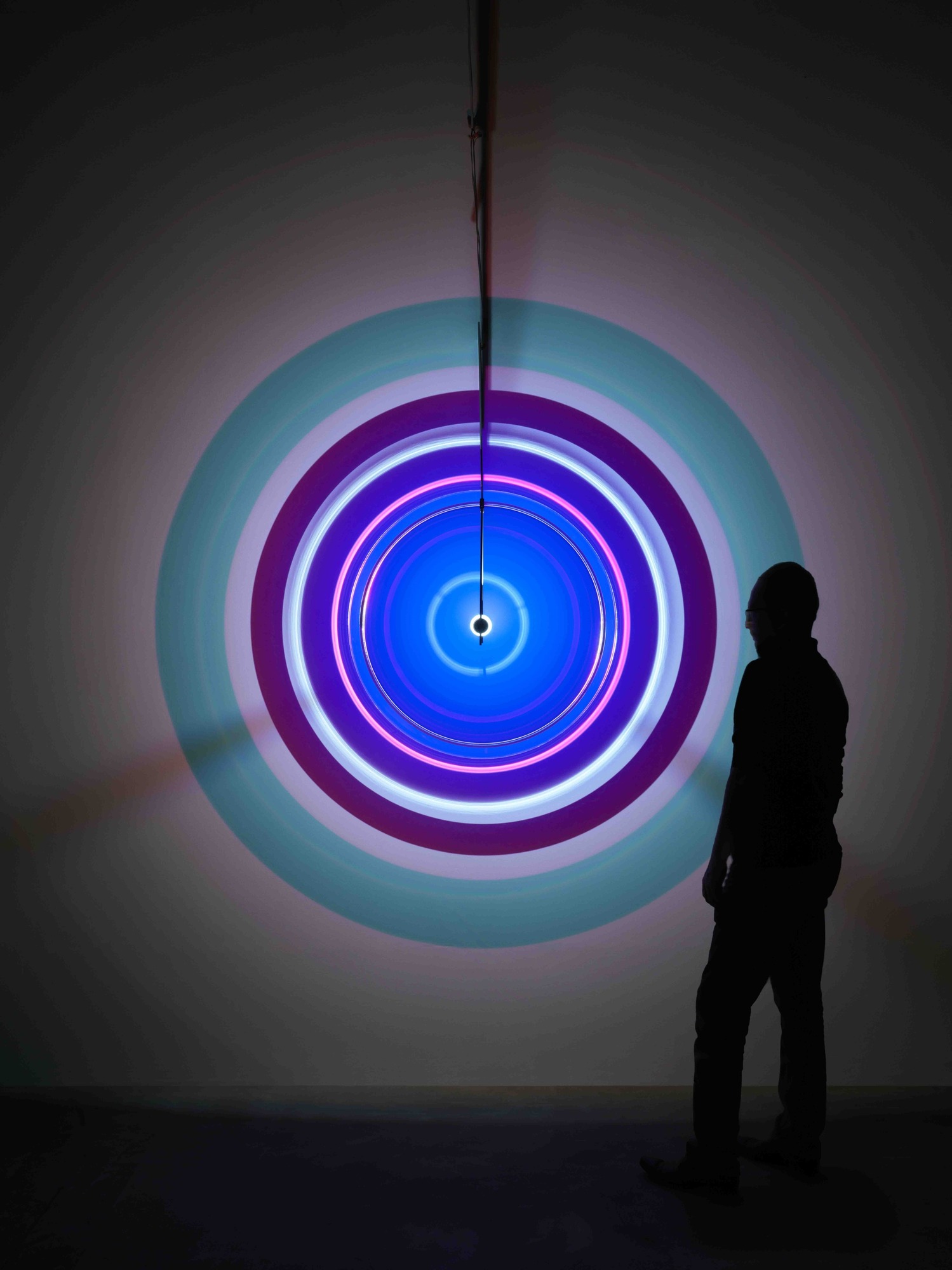
Olafur Eliasson, Beyond-human resonator, 2019. Exhibition view at MOT, Tokyo, 2020. Courtesy of the artist; neugerriemschneider, Berlin; Tanya Bonakdar Gallery, New York / Los Angeles. Photo: Kazuo Fukunaga

Olafur Eliasson, Who is afraid, 2004. Exhibition view at MOT, Tokyo, 2020. Courtesy of the artist; neugerriemschneider, Berlin; Tanya Bonakdar Gallery, New York / Los Angeles. Photo: Kazuo Fukunaga
Olafur Eliasson: Sometimes the river is the bridge
MOT is pleased to announce Eliasson’s upcoming solo exhibition “Olafur Eliasson: Sometimes the river is the bridge”, the Danish-Icelandic artist’s first exhibition in Japan in ten years.
Eliasson is highly regarded for his efforts to advance sustainable development through his art, and this is reflected in the exhibition title. “Sometimes the river is the bridge” is about a fundamental shift in perspective that allows us to see that which is not obvious, the invisible. In the face of the collapse of our planetary boundaries, there is an urgent need to redesign the systems in which we live, to re-engineer the future. For that to happen, we need to reconsider fundamentally how we see everything. Up until now, we have organized our present based on the past; we now need to shape our present according to what we want from the future. The potential of this perspective shift is that it can help us reconsider the traditional idea of progress.”, the artist states. His interests in renewable energy and climate action form an integral part of the exhibition.
Since the early 1990s, Eliasson (b. 1967) has built up a wide-ranging artistic practice that spans the fields of photography, sculpture, drawing, installation, design, and architecture. “Sometimes the river is the bridge” features a representative selection of his works, many of which have never been seen before in Japan. This includes early and recent installations that use natural materials; sculptures that reflect Eliasson’s long-held interest in light and geometry; photographic series; drawings and watercolours; and documentation of several of the artist’s interventions in public space.
As a child Eliasson spent a considerable amount of time in Iceland, which led to his ongoing project of documenting the landscapes and natural phenomena there. His photographic work “The glacier melt series 1999/2019” (2019) makes tangible the shrinking of Iceland’s glaciers over the last 20 years.
Influenced by our complex relationship to nature, Eliasson’s installations often use natural phenomena – such as light, water and mist – to heighten our understanding of the way we perceive and co-produce the world around us. At MOT, visitors are invited to view the artist’s earliest work in the exhibition, “Beauty” (1993), where a rainbow emerges in a darkened space. A major installations created specifically for the exhibition will utilize the cavernous space of MOT’s atrium.
The activities of Studio Olafur Eliasson (SOE) are not limited to the production of artworks. Ideas and projects are developed through daily experimentation, collaboration and research. Sometimes the river is the bridge will integrate some of this process into the exhibition through a display of the studio’s recent research into new sustainable and biodegradable materials as well as recycling techniques.
The accompanying catalogue features a curatorial essay by Yuko Hasegawa, Artistic Director of the MOT, and conversations between Olafur Eliasson and philosopher Timothy Morton.
About Olafur Eliasson
Olafur Eliasson was born in 1967 in Copenhagen, Denmark, and is currently based in Berlin and Copenhagen. After a childhood spent in Iceland and Denmark, Eliasson studied at the Royal Danish Academy of Fine Arts from 1989 until 1995. In 1995, he moved to Berlin and founded Studio Olafur Eliasson, which consists of a large team, including craftspeople, architects, researchers, cooks, and art historians. In 2014, Eliasson and architect Sebastian Behmann founded Studio Other Spaces, an office for art and architecture.
Eliasson often uses natural phenomena and is internationally renowned for works like “The weather project” (2003), installed in the Turbine Hall at Tate Modern, London, or his public art project “The New York City Waterfalls” (2008), for which he installed four artificial waterfalls along the East River and on Governors Island, New York, US.
In recent years, Eliasson has increased his efforts to advance sustainable development. In 2012, Eliasson and engineer Frederik Ottesen founded the social business Little Sun to replace fossil-fuel lighting with solar energy in communities living without electricity and to raise awareness of the need to expand energy access to all. For the public installation “Ice Watch”, Eliasson and geologist Minik Rosing transported massive blocks of glacial ice from Greenland to Copenhagen (2014), Paris (2015), and London (2018) to raise awareness of climate change. Eliasson was appointed as a Goodwill Ambassador for renewable energy and climate action by the United Nations Development Programme in 2019.
Eliasson has held exhibitions at Hara Museum of Contemporary Art in 2005 and 21st Century Museum of Contemporary Art, Kanazawa in 2009-2010 in Japan.
MOT is pleased to announce Eliasson’s upcoming solo exhibition “Olafur Eliasson: Sometimes the river is the bridge”, the Danish-Icelandic artist’s first exhibition in Japan in ten years.
Eliasson is highly regarded for his efforts to advance sustainable development through his art, and this is reflected in the exhibition title. “Sometimes the river is the bridge” is about a fundamental shift in perspective that allows us to see that which is not obvious, the invisible. In the face of the collapse of our planetary boundaries, there is an urgent need to redesign the systems in which we live, to re-engineer the future. For that to happen, we need to reconsider fundamentally how we see everything. Up until now, we have organized our present based on the past; we now need to shape our present according to what we want from the future. The potential of this perspective shift is that it can help us reconsider the traditional idea of progress.”, the artist states. His interests in renewable energy and climate action form an integral part of the exhibition.
Since the early 1990s, Eliasson (b. 1967) has built up a wide-ranging artistic practice that spans the fields of photography, sculpture, drawing, installation, design, and architecture. “Sometimes the river is the bridge” features a representative selection of his works, many of which have never been seen before in Japan. This includes early and recent installations that use natural materials; sculptures that reflect Eliasson’s long-held interest in light and geometry; photographic series; drawings and watercolours; and documentation of several of the artist’s interventions in public space.
As a child Eliasson spent a considerable amount of time in Iceland, which led to his ongoing project of documenting the landscapes and natural phenomena there. His photographic work “The glacier melt series 1999/2019” (2019) makes tangible the shrinking of Iceland’s glaciers over the last 20 years.
Influenced by our complex relationship to nature, Eliasson’s installations often use natural phenomena – such as light, water and mist – to heighten our understanding of the way we perceive and co-produce the world around us. At MOT, visitors are invited to view the artist’s earliest work in the exhibition, “Beauty” (1993), where a rainbow emerges in a darkened space. A major installations created specifically for the exhibition will utilize the cavernous space of MOT’s atrium.
The activities of Studio Olafur Eliasson (SOE) are not limited to the production of artworks. Ideas and projects are developed through daily experimentation, collaboration and research. Sometimes the river is the bridge will integrate some of this process into the exhibition through a display of the studio’s recent research into new sustainable and biodegradable materials as well as recycling techniques.
The accompanying catalogue features a curatorial essay by Yuko Hasegawa, Artistic Director of the MOT, and conversations between Olafur Eliasson and philosopher Timothy Morton.
About Olafur Eliasson
Olafur Eliasson was born in 1967 in Copenhagen, Denmark, and is currently based in Berlin and Copenhagen. After a childhood spent in Iceland and Denmark, Eliasson studied at the Royal Danish Academy of Fine Arts from 1989 until 1995. In 1995, he moved to Berlin and founded Studio Olafur Eliasson, which consists of a large team, including craftspeople, architects, researchers, cooks, and art historians. In 2014, Eliasson and architect Sebastian Behmann founded Studio Other Spaces, an office for art and architecture.
Eliasson often uses natural phenomena and is internationally renowned for works like “The weather project” (2003), installed in the Turbine Hall at Tate Modern, London, or his public art project “The New York City Waterfalls” (2008), for which he installed four artificial waterfalls along the East River and on Governors Island, New York, US.
In recent years, Eliasson has increased his efforts to advance sustainable development. In 2012, Eliasson and engineer Frederik Ottesen founded the social business Little Sun to replace fossil-fuel lighting with solar energy in communities living without electricity and to raise awareness of the need to expand energy access to all. For the public installation “Ice Watch”, Eliasson and geologist Minik Rosing transported massive blocks of glacial ice from Greenland to Copenhagen (2014), Paris (2015), and London (2018) to raise awareness of climate change. Eliasson was appointed as a Goodwill Ambassador for renewable energy and climate action by the United Nations Development Programme in 2019.
Eliasson has held exhibitions at Hara Museum of Contemporary Art in 2005 and 21st Century Museum of Contemporary Art, Kanazawa in 2009-2010 in Japan.
